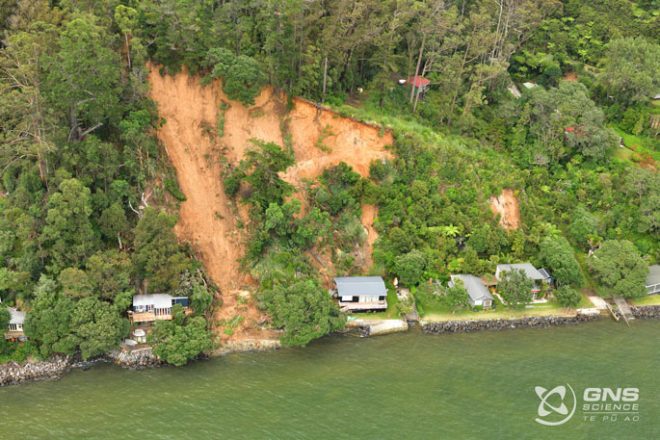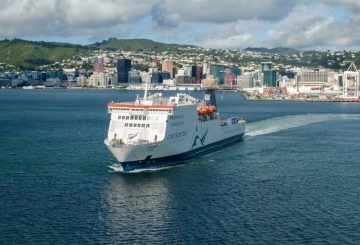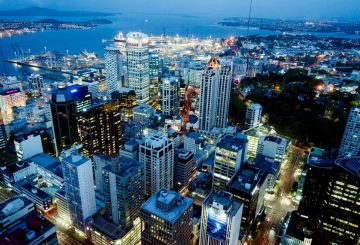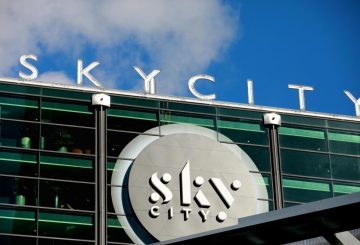Ang Earthquake Commission (EQC) ng Toka Tū Ake ay nagbigay ng higit sa $1.2 milyon sa 14 na koponan ng pananaliksik. Ito ay bahagi ng round ng Biennial Grants ngayong taon. Ang layunin ng mga proyektong ito ay upang mas maunawaan ang mga panganib ng mga likas na panganib at maghanap ng mga paraan upang mabawasan ang kanilang epekto.
Inaasahan ni Toka Tū Ake EQC na tiyakin na ang katatagan sa mga likas na panganib ay isinasaalang-alang sa lahat ng pagpapasya para sa mga tahanan, bayan, at lungsod sa New Zealand. Sa pamamagitan ng pamumuhunan sa pananaliksik, nilalayon nilang bawasan ang ating kahinaan sa mga kaganapan na dulot ng natural na panganib.
Ang Biennial Grants ay ibinibigay tuwing dalawang taon mula noong 1989. Ang mga grant na ibinibigay ay umaayon sa mga prayoridad sa pananaliksik ni Toka Tū Ake. Kabilang dito ang pananaliksik na tumutulong sa mga tao, sumusukat sa mga panganib at ang kanilang mga epekto, isinasaalang-alang ang matalinong paggamit ng lupa, pamamahala at ekonomiya, at Sa taong ito, halos 80 grupo ang nagpakita ng interes sa mga grant.
Sinabi ni Dr Natalie Balfour, ang Pinuno ng Pananaliksik, na ang bawat isa sa 14 na mga proyekto sa pananaliksik ay makakatulong sa amin na maunawaan ang panganib ng New Zealand ng mga likas na panganib at mabawasan ang epekto sa mga tao at ari-arian kapag nangyari ang mga kaganapang ito.
Ipinaliwanag niya na ang mga matagumpay na proyekto ay sumasaklaw sa isang hanay ng mga likas na panganib, mula sa mga bulkan hanggang sa lupa. Marami sa mga proyekto ay isinasaalang-alang din ang mga epekto ng pagbabago ng klima sa mga panganib na ito. Ang ilang mga proyekto ay pinamumunuan ng mga mananaliksik ng Māori o kasama ang kaalaman sa Māori.
Naniniwala si Dr Balfour na mahalaga ang pamumuhunan sa agham at pananaliksik. Sinabi niya na mahalaga na gawing kapaki-pakinabang na impormasyon ang pananaliksik na ito para magamit ng iba. Makakatulong ito sa mga gumagawa ng patakaran, mga lokal na konseho, designer, inhinyero, tagabuo at publiko na gumawa ng mas mahusay na desisyon
Patuloy ring isinasantabi ni Toka Tū Ake ang mga espesyal na pondo upang magbigay ng mas maraming pagkakataon para sa mga mananaliksik na may kaugnayan sa Māori at mga mananaliksik sa maag
Bilang karagdagan sa pagpopondo ng Biennial Grants, namumuhunan din si Toka Tū Ake sa pananaliksik sa mga unibersidad sa buong New Zealand, sumusuporta sa mga organisasyong rehiyon at komunidad sa pananaliksik sa likas na panganib at pagbawas ng panganib, at nag-aambag sa mga system at programa tulad ng natural na sistema ng pagsubaybay ng GeoNet New Zealand.






























































